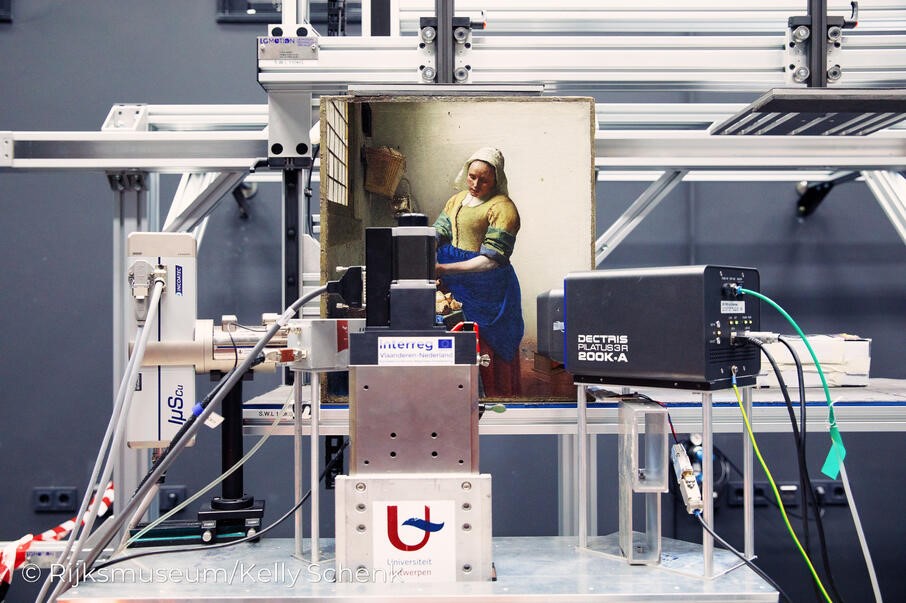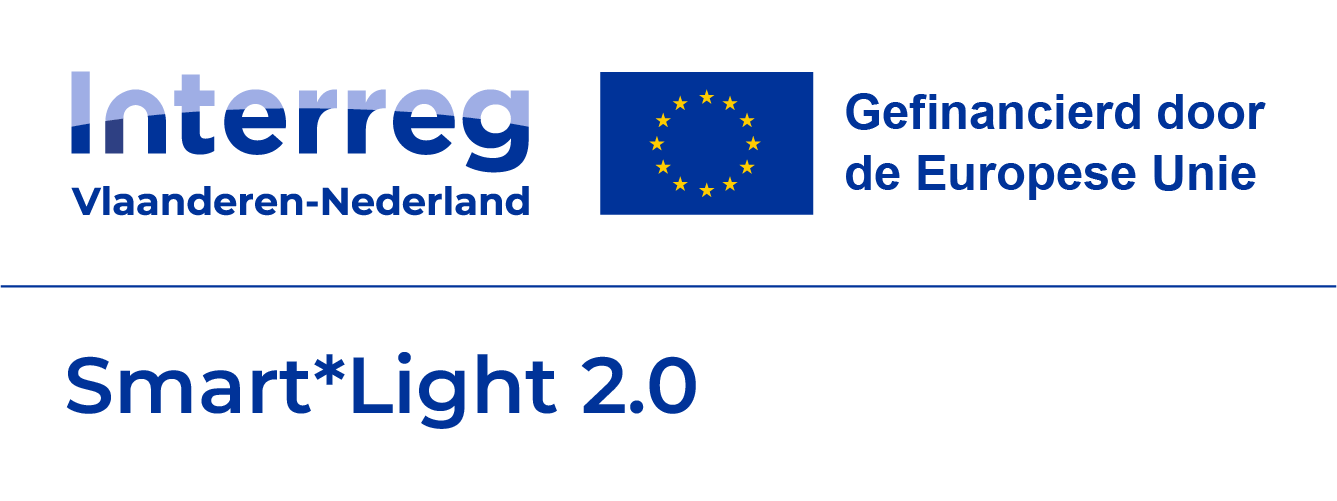On 14 September, the Smart*Light 2.0 project kicked off at Differ. Building upon the achievements of the Interreg V project SmartLight, this new initiative represents a significant leap in X-ray analysis, allowing us to delve deeper into the structures of materials, objects, and tissues.
These insights are not only crucial for creating stronger and more sustainable materials but also for understanding and controlling processes like material degradation and pigmentation fading in artworks.
The project aims to develop a ‘tabletop synchrotron’—a reliable and optimized instrument for specific X-ray analysis techniques, with a focus on fluorescence, diffraction, scattering, spectroscopy, and tomography. These techniques enable researchers to investigate the elemental composition, atomic structure, nanostructure, chemical composition, and 3D structure on a sub-millimeter scale—a critical aspect of material science.
 To maximize versatility and sustainability, each X-ray analysis technique will undergo an optimization step. Subsequently, experimental activities will be conducted with various materials, including metals, semiconductors, tissues, and cultural heritage. This iterative process will refine the instrument to meet the diverse needs of researchers.
To maximize versatility and sustainability, each X-ray analysis technique will undergo an optimization step. Subsequently, experimental activities will be conducted with various materials, including metals, semiconductors, tissues, and cultural heritage. This iterative process will refine the instrument to meet the diverse needs of researchers.
The ultimate goal of SmartLight 2.0 is to provide a ‘tabletop synchrotron’ for use by the Dutch and Flemish research communities by the project’s end. This instrument will serve as a powerful tool for materials science, scientific research, and heritage preservation. With the potential for further expansion into a full-fledged research instrument, SmartLight 2.0 promises to make a remarkable contribution to advancing science and technology. The project opens doors to new discoveries and innovations that will benefit our society.
